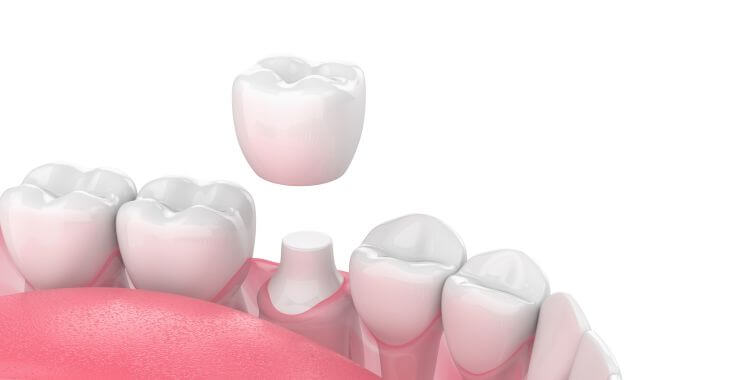What Are Dental Tori and Bone Spurs in Gums?

Do you have a hard boney lump on gum above a tooth or a sharp boney growth in your gum tissue? These may be types of bone spurs that can occur in the mouth. Dental tori and bone spurs in gums are both boney growths that can appear in the mouth.
Technically, a dental torus is like a bone spur, but they occur for different reasons. Bone spurs are excess bone that can grow anywhere in the body, including in the mouth. Dental or mandibular tori are boney growths that only occur in the mouth.
The big difference between dental tori and bone spurs is their shape. Dental tori occur as a hard boney lump on a gum, smooth and rounded. Bone spurs tend to be sharp, pointed growths. Other differences are the causes and symptoms of these two types of oral boney lumps on the gums.
Symptoms and Causes of Dental Tori
Dental or mandibular tori are bumpy bone growths that are under the gum tissue. They usually appear under the tongue on the gums on the floor of the mouth. Single growths are called a mandibular torus, but many people have multiple growths referred to as mandibular tori.
You can be born with mandibular tori, or they may appear later in life. These growths are often hereditary, but there are also other causes. Mandibular tori are fairly rare – another type of dental tori, palatal tori, are more common and occur on the roof of the mouth.
Most people with mandibular tori do not have any pain or symptoms. However, they can cause discomfort if you are wearing dental devices such as orthodontics or dentures. If they cause discomfort, they may need to be removed.
Symptoms and Causes of Bone Spurs in Gums
Bone spurs are different than dental tori as they are usually caused by an event or disease. Injuries can cause excess bone to grow, which can occur anywhere in the body, including the mouth. This includes dental or oral surgery, which can result in a bone spur, mouth pain, and other symptoms.
There are some risk factors for oral bone spurs. Those who smoke are more likely to have a bone spur appear. Tooth extractions, injuries, decay, and infections can result in a bone spur or spicules. Age and arthritis are also risk factors for bone spurs – older individuals are more likely to have a bone spur.
Beyond the hard boney lump on a gum that is sharp and pointy, there are some other symptoms and possible complications from dental bone spicules or spurs. These can include:
- Bone spur mouth pain
- Swelling and redness in the surrounding gum tissue
- Infection
- Bleeding gums
Many bone spurs do not cause any symptoms, but the hard boney lump on gums can be irritating. These pointy pieces of bone are very common after oral surgery or injuries to the mouth.
Do Bone Spurs in Gums Go Away?
The good news is that most bone spurs in gums will go away on their own with time. If a bone spur appears on your gums after a tooth extraction or dental implant surgery, it will likely go away in a few weeks or months. However, if they cause infection or pain, you may want to seek treatment.
Non-surgical treatments for bone spurs may include pain relievers, both oral and topical options. If there is an infection, you may need antibiotics to stop the infection. For more severe symptoms, oral surgery may be required.
Removal of Bone Spurs or Dental Tori
If you have a hard boney growth on gum tissue in the mouth, it is likely either a bone spur or a dental torus. Most do not cause pain or complications, but some may become infected or irritated. The best solution is to schedule an appointment with your dentist to have the boney lump examined.
Bone spurs and mandibular tori can be removed with oral surgery if they cause pain or other complications. This is an outpatient procedure that can be performed at a dental office under local anesthesia. A small incision is made to access the spur or torus, and then the bone fragments are removed.
Prevention of Bone Spurs and Dental Tori
Not all bone spurs or dental tori can be prevented, but there are some preventive measures that can reduce your risk. Good oral hygiene and routine visits to your dentist are recommended. If you have bruxism, you should receive treatment to reduce the risk of dental tori.

Whenever you have an unusual growth in your mouth, you should have it looked at by a dentist. While bone spurs and dental tori are not dangerous, diseases like oral cancer can also cause lumps on the gums. It is always best to have any hard boney lump on gum tissue inspected by a dentist.
The information provided on this website, including text, graphics, images, and other materials, is intended solely for informational purposes and should not be used as a substitute for professional medical advice, diagnosis, or treatment.




)